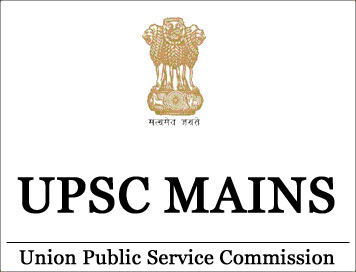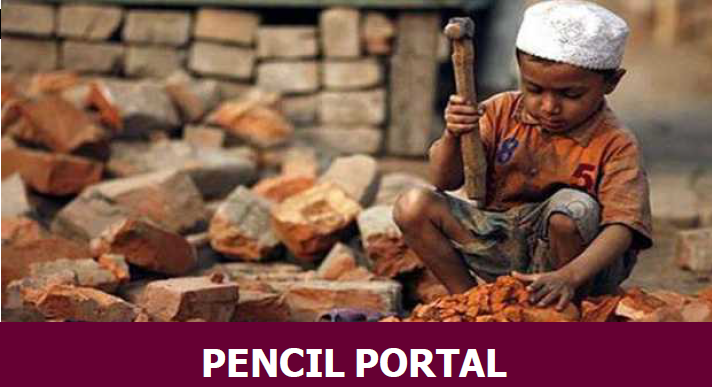
::PENCIL PORTAL::
"India is the largest child labour force market in the world. The problem of
child labour is its roots of colossal proportions. The notion that children are
being exploited and forced into labour, while not receiving education crucial to
development, concerns many people. India is the largest example plagued by the
problem of child labour".
Current figures of the number of children engaged in child labour in India
are not available. This difficulty is attributed to the fact that the Indian
Government "has been negligent in its refusal to collect and analyze current and
relevant data regarding the brutal incidence of child labour. As of 1996,
official figures continue to be based on 1981 census figures". The 1981 Indian
census reports that there were 13.6 million child labourers in India Indian
government extrapolations of 1981 data place the current number of child
labourers at between seventeen and twenty million (Human Rights Watch 1996).
This extrapolation seems highly unlikely as "The Official National Sample Survey
of 1983 reports 17.4 million child labourers, while a study sponsored by the
Labour Ministry, concluded that the child-labour force was 44 million". UNICEF
"cites figures ranging from seventy-five to ninety million child labourers under
the age of fourteen". A universal difficulty in obtaining accurate data maybe
that individuals fail to report child labour participation during surveys for
fear of persecution.
The figure for the number of child labourers varies a lot, they are all
significantly high when considering that the Child Economic Activity rate for
1980-1991 was 13.5% for males and 10.3% for females. In comparison, other
developing countries such as Sri Lanka and Malaysia, have lower activity rates:
5.2% for males and 4.7% for females in Sri Lanka, and 8.9% for males and 6.6%
for females in Malaysia. Historical census data shows an overall child work
participation rate of 12.69% in 1961 and 7.13% in 1971 . This data is misleading
because the definitions of child labour are different in the two censuses , thus
a comparison cannot be completely valid The data shows that in a span of twenty
years (1961-1981), the proportion of children has not changed significantly.
Child labour support the source of income of the poor. A study conducted by
the ILO Bureau of Statistics found that "Children's work was considered
essential in maintaining the economic level of households, either in the form of
work for wages, of help in house hold enter prises or of house hold chores in
order to free adult household members for economic activity elsewhere". In some
cases, the study found that a child's income accounted for between 34 and 37
percent of the total household income. This study concludes that a child
labourer's income is important to the livelihood of a poor family. The fact that
child labourers are being exploited for the same type of work, studies show they
are paid less than their adult counterparts. Although 39.5% of employers said
that child workers earn wages equal to adults, if the percentage of employers
admitting that wages are lower for children are added up, a figure of 35.9% is
found. The percentage of the population of India living in poverty is quite
high. Poverty has an obvious relationship with child labour, and studies have
revealed a positive correlation as such. Poor families need money to survive,
and children are a source of additional income.
National Child Labour Project Scheme (NCLPS) started in 1988 to rehabilitate
child labour. Under the Scheme, a survey is conducted to identify target group (
child worker and adolescent working in hazardous occupations and processes in a
district or a specified area); then children in the age group of 9-14 years are
withdrawn from work, and put into NCLP Special Training Centres where they are
provided bridge education,
vocational training, mid-day meal, stipend, health care and recreation etc. with
the ultimate objective of preparing them to be mainstreamed into the formal
system of education. Adolescents are withdrawn from hazardous occupations /
processes to have benefited from skills training wherever required and are
linked to legally permissible occupations.
The NCLP Scheme seeks:
A. To eliminate all forms of child labour through
i. Identification and withdrawal of all children in the Project Area from
child labour,
ii. Preparing children withdrawn from work for mainstream education alongwith
vocational training;
iii. Ensuringconvergence of servicesprovidedby different government departments/
agencies for the benefit of child and their family;
B. To contribute to the withdrawal of all adolescent workers from
Hazardous Occupations / Processes and their skilling and integration in
appropriate occupations through
i. Identificationandwithdrawal of all adolescentw o r k e r s from hazardous
occupations / processes,
ii. Facilitating vocational training opportunities for such adolescents through
existing scheme of skill developments1;
C. Raising awareness amongst stakeholders and target communities, and
orientation of NCLP and other functionaries on the issues of 'child labour' and
'employment of adolescent workers in hazardous occupations/ processes'; and
D. Creation of a Child Labour Monitoring, Tracking and Reporting System.
The scheme focuses on:
i. All child workers below the age of 14 years in the identified target area.
ii. Adolescent workers below the age of 18 years in the target area engaged in
hazardous occupations / processes2
iii. Families of Child workers in the identified target area The overall
approach of the project is to create an enabling environment in the target area,
where children are motivated and empowered through various measures to enroll in
schools and refrain from working, and households are provided with alternatives
to improve their income levels.
NCLPS will be implemented in close coordination with State, District
administration and Civil society. Elimination of Child Labour is joint
responsibility of the Ministry of Labour and Employment and the State
Governments. Other stakeholders such as District Administrations, local
communities, civil society groups, NGO?s, academicians and enforcement agencies
have an important role to play. The scheme seeks to not only set up the
implementation structure but also institutionalize monitoring and supervision
for effective functioning of the scheme.
NCLPS is a central sector scheme where 100% of the funding is provided by the
Government of India through the Ministry of Labour and Employment. Funds under
the existing NCLP scheme are released by the Central Government directly to the
registered NCLP District Project Society under the chairpersonship of the
administrative head of the district namely District Magistrate/District
Collector (DM/DC)/Deputy Commissioner of the district who is under
administrative control of the State Govt.
The legislative changes have been accompanied by creation of additional
institutional mechanisms at the district, state and national level for
identification and rescue, along with revamping the rehabilitation scheme and a
centralized database for case to case monitoring and accountability. The
Standard Operating Procedure (SoP) is aimed Pencil Portal at creating a ready
reckoner for trainers, practitioners and monitoring agencies to ensure complete
prohibition of child labour and protection of adolescents from hazardous labour
ultimately leading to Child Labour Free India.
The genesis of the portal is in the felt need to create a robust implementing
and monitoring mechanism for both enforcement of the legislative provisions and
effective implementation of the NCLP especially in the backdrop
that the subject of Labour is in the concurrent list and enforcement to a large
extent depends of respective State Governments. It was felt that an online
portal which connects Central Government to State Government, District and to
all Project Societies would provide a mechanism for implementation. In this
backdrop the online portal PENCIL was conceptualized.
PENCIL Portal has following components:
a. Child Tracking System
b. Complaint Corner
c. State Government
d. National Child Labour Project
e. Convergence

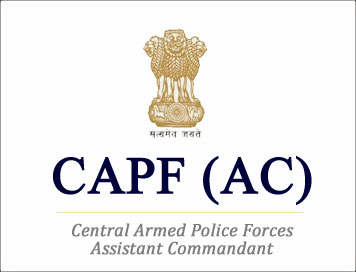
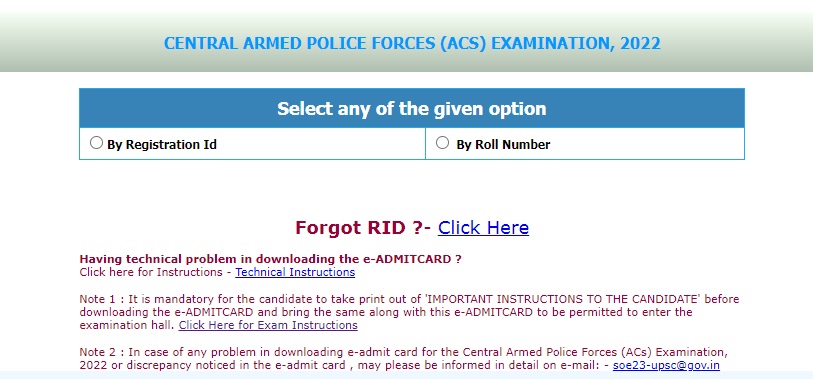
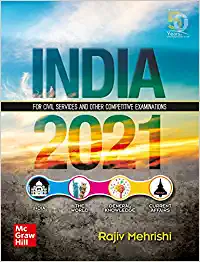
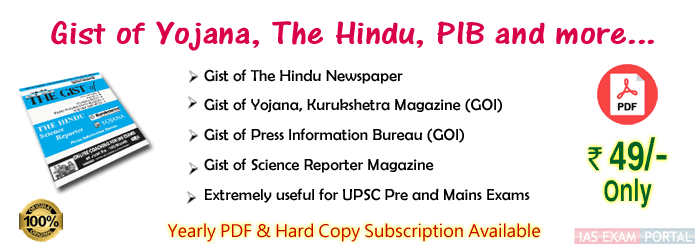
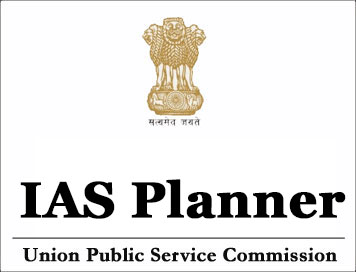
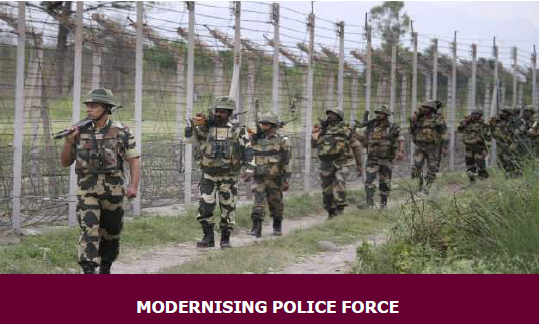


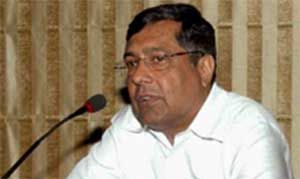
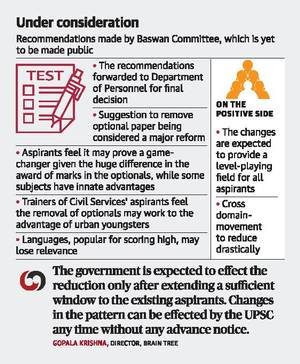 The Union Public Service Commission (UPSC) had constituted an expert committee in August 2015 under the Chairmanship of B.S. Baswan to review the scheme of civil service examination. The committee had submitted its report to UPSC on 9th August 2016. The Baswan Committee’s report along with UPSC’s recommendations on it has been forwarded to department of personnel and training (DoPT) on 20th March 2017 for final consideration and further implementation.
The Union Public Service Commission (UPSC) had constituted an expert committee in August 2015 under the Chairmanship of B.S. Baswan to review the scheme of civil service examination. The committee had submitted its report to UPSC on 9th August 2016. The Baswan Committee’s report along with UPSC’s recommendations on it has been forwarded to department of personnel and training (DoPT) on 20th March 2017 for final consideration and further implementation.
